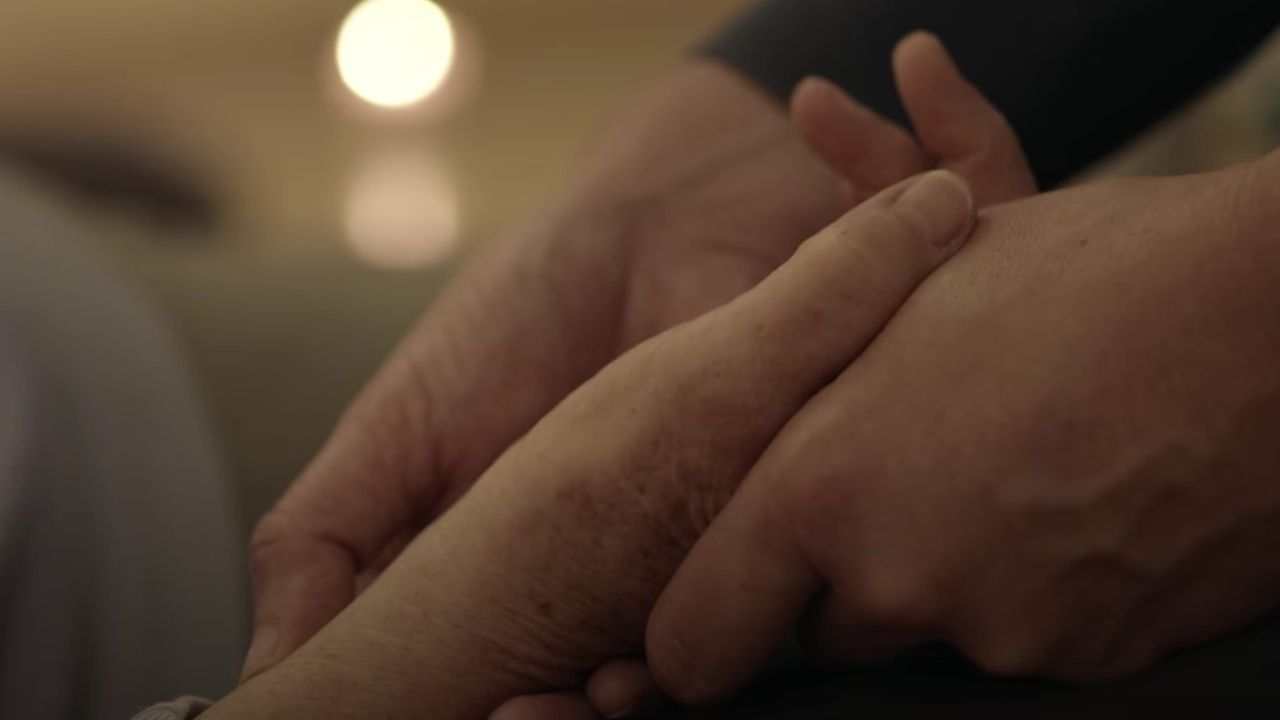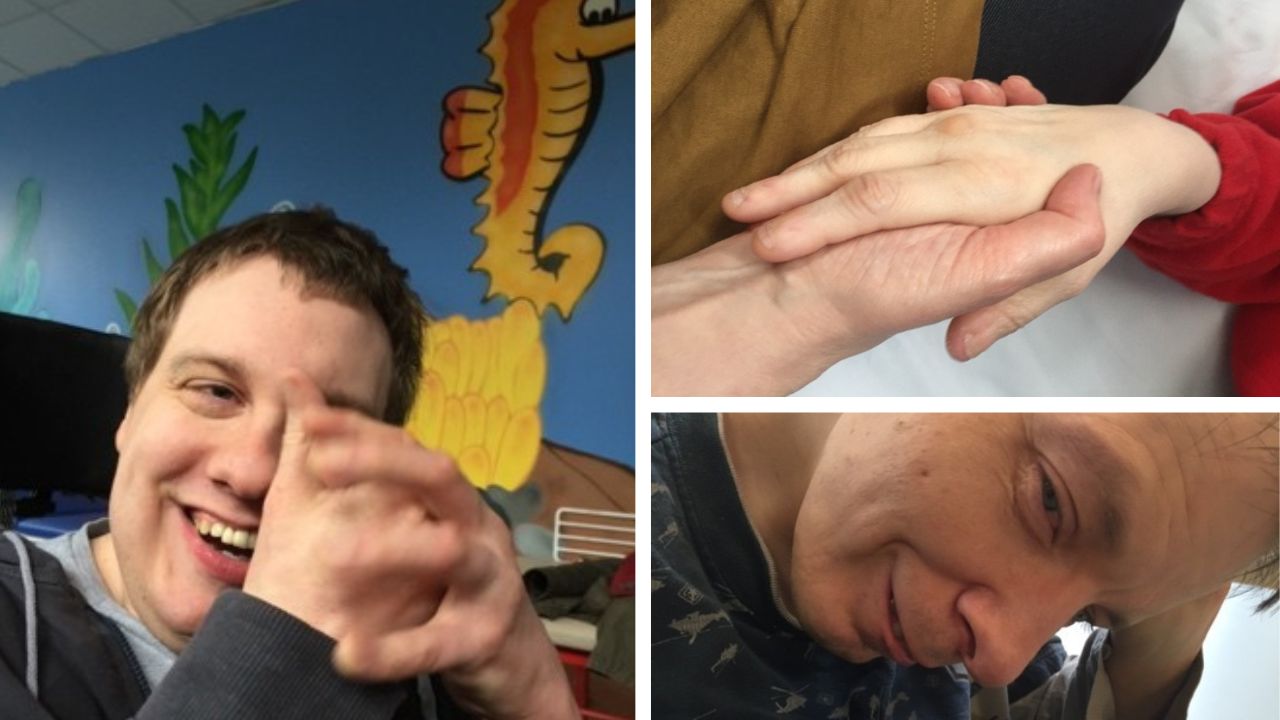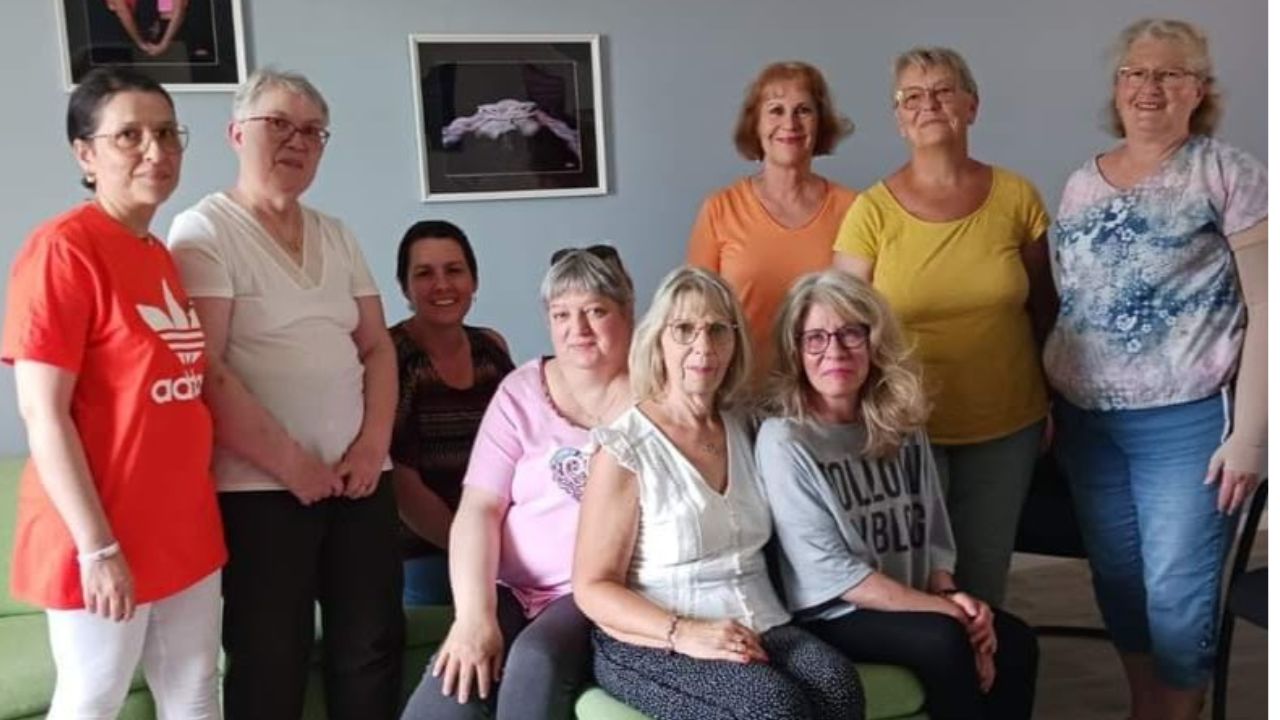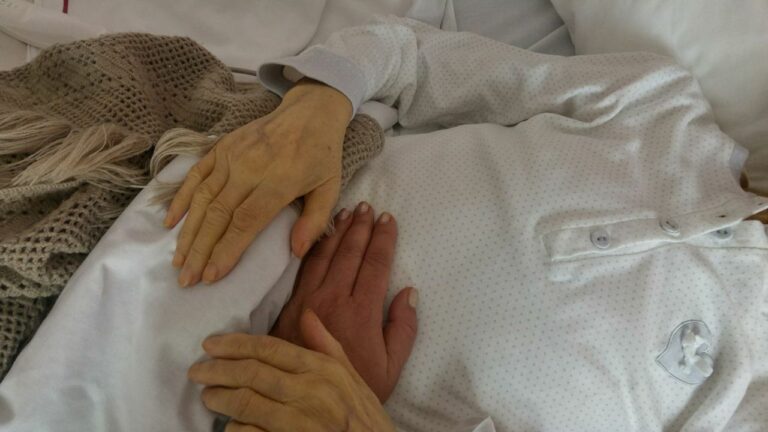
For twelve years, Sabrina Servucci treated over one hundred people in a vegetative state and minimally conscious due to severe post-coma brain injuries. Treatments were given on a weekly basis and ongoing cycles of three months.
In the Spotlight
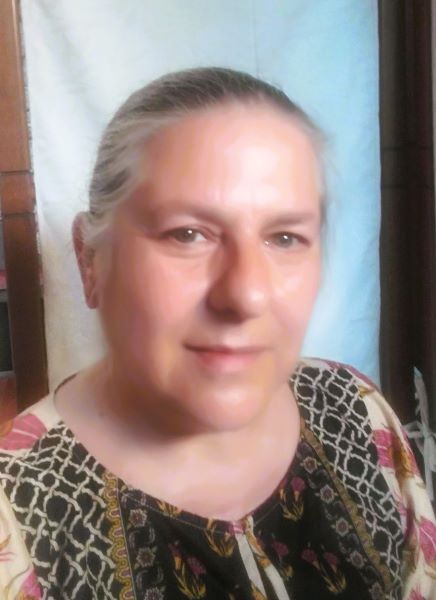
Sabrina Servucci
sabrina.servucci@fastwebnet.it
https://www.facebook.com/sabrina.servucci
Born in Rome, she has lived in Carate Brianza (Monza and Brianza) since 1983. Until the age of 35,
she held various roles in Marketing and Communication. After graduating from the
Xin Shiatsu School in Milan in 2001, she started working professionally with Shiatsu. She continued her
training in oriental energy disciplines and has been teaching Qi Gong for many years to people of
all ages.
A lover of writing, she has collaborated with the digital magazine ‘Natural Cures’, edited books and published books of poetry and humour. Her ‘real book’ is Punto di
con Tatto – Quando lo Shiatsu Entra in Ospedale (Infinito Editions) in which she tells stories of her work with people coming out of comas with severe brain injuries and alterations in consciousness: Shiatsu and Chinese medicine treatments over a 12-year period (2007-2019) The treatments were paid for by residential health facilities for long-term patients and by family members of the patients themselves.
Resources:
Point of Contact – When Shiatsu Entered the Hospital (Edizioni Infinito, 2015)https://www.facebook.com/Puntocontatto – a Facebook page dedicated to the book.
https://www.infinitoedizioni.it/prodotto/punto-di-contattoquando-lo-shiatsu-entra-in-ospedale/ – factsheet and afterword by Franco Bottalo.
https://www.cure-naturali.it/articoli/terapie-naturali/massaggio/quando-lo-shiatsu-entra-in-ospedale-intervista-a-sabrina-servucci.html – interview with Sabrina Servucci:
Foreword
The people receiving treatments had all recently come out of a coma or were in the period directly after the observation of brain and other physical damage and recovery objectives assessment.
They were given the opportunity to receive treatments regardless of their physical condition or level of awareness. The aim was to increase well-being and relaxation, alleviate stiffness, communicate through touch and more.
Gradually, Shiatsu also became a regular health contribution to the personnel and the families of patients residing in the facility.
Initially this service was offered free of charge to a single patient chosen by the medical-health staff. Suubsequently, Sabrina offered Shiatsu as a service alongside those provided in the residential facilities such as physiotherapy, speech therapy, music therapy, animation and hygiene,.
People with severe brain injuries need exactly what everyone else needs: presence, careful and subtle listening, reduction of expectations for the enhancement of the present moment, the ability to extract the deepest meaning from events, being able to learn even from situations of pain and taking responsibility for one’s own life.
If people want to open up, they will do so. If they open, they are activated both physically and emotionally. Therefore, it was noticeable that other practitioners benefited from the contribution of Shiatsu – a more relaxed and present person is better able to receive other treatments and procedures.
Shiatsu treatments also contributed to the well-being of the family members, who understood the scope of the discipline, welcomed it and often shared in its harmonious effect while present in the room.
Regarding the human and professional growth of the practitioner herself, all the concepts, approaches and visions studied within Shiatsu, Oriental medicine and Daoism, proved to be excellent paths to approaching people with brain injuries. Yin and Yang, complementarity and opposition, full and empty, movement and stasis, body and spirit, continuous transformation and phases of transition, acceptance of change and “letting go” of the past all seemed perfectly suited to this type of patient, for the family members and for other types of practitioners.

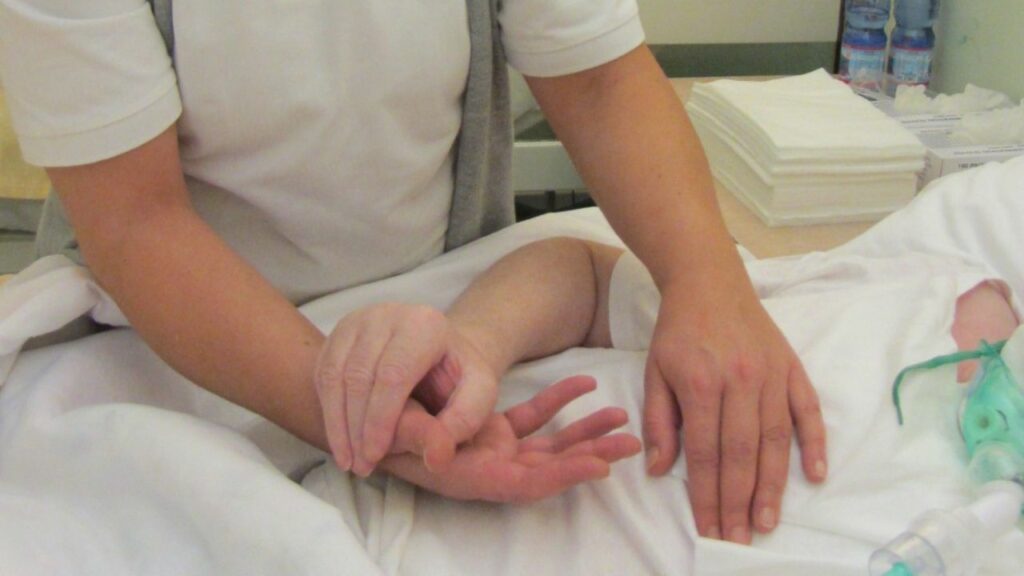
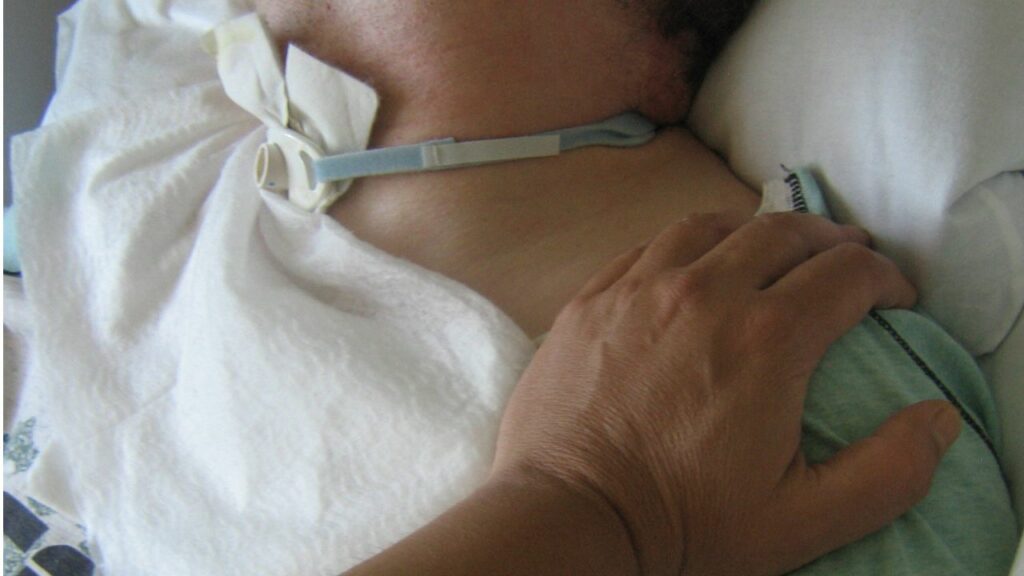
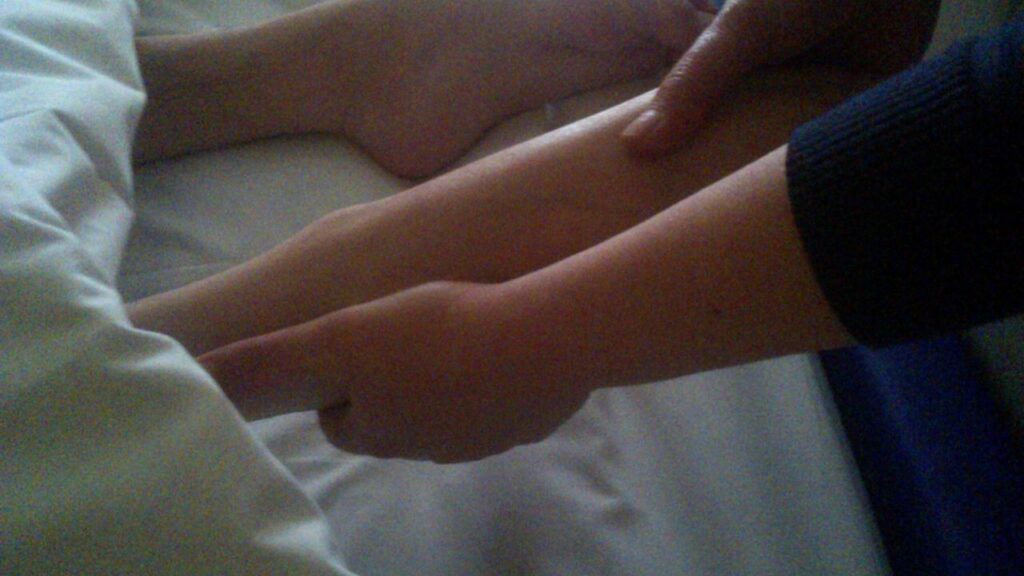
Postface
People with severe brain injuries, either fully unresponsive or with different degrees of responsiveness, cannot speak (due to tracheotomy tubes), cannot eat or move and therefore cannot be assessed with the communication methods we normally use. It is up to those around them to increase their sensitivity and empathy and find a way to communicate. The more reduction in brain capacity, the more subtle the communication needs to be.
Once communication was established, Sabrina’s feeling was that people entrusted themselves to the process and wanted to participate in the level of life activity that was available to them through it. Touch is a deep, warm and powerful tool. Shiatsu is a gentle and steady technique that proved its worth in these testing situations.
Above and beyond increased well-being, the following signs were clearly noticeable: laughing, crying, swallowing, clearing of frowns, eyes becoming clearer, increased responsiveness, improved posture and a more present gaze. These observations were invariably shared by the medical and physiotherapy staff.
In Conclusion, Shiatsu was seen to contribute effectively in the following ways:
• Acceptance of the changed situation they found themselves in
• Relaxing the ocular nerves, eyes, head and forehead
• Relieving spasticity in occiput, shoulders, elbows, wrists, pelvis, knees and ankles
• Encouraging grounding, relaxation in muscles and tendons and letting go of traumatic experiences
• Freeing the neck and throat, relaxing the jaw, stimulating swallow reflexes, coughing and even speech
• Eliminating Internal Wind manifesting as tremors, spasms and involuntary movements
• Harmonizing the breath by opening the chest and the nasal passages, increasing confidence and openness, tonifying the Lungs and allowing energy to descend to the Kidneys.
Once communication was established, my feeling was that people entrusted themselves to the process and wanted to participate in the level of life activity that was available to them through it.
Sabrina Servucci
